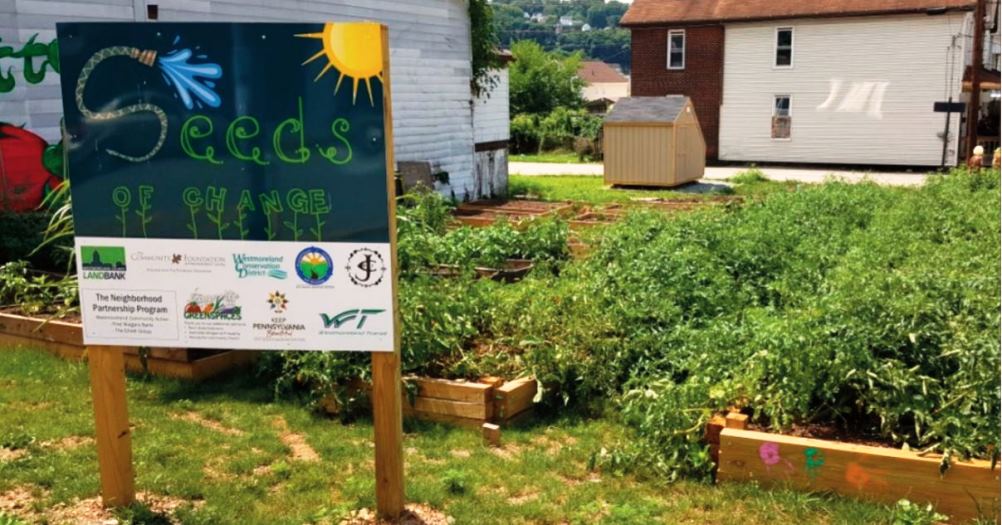On December 17, 2018, Pennsylvania Governor Tom Wolf announced the approval of nearly $18 million in tax credits through the state’s Neighborhood Assistance Program (NAP). The tax credits will support 136 community revitalization projects across the commonwealth.
NAP is designed to encourage private-sector investment in public-benefit projects that help revitalize distressed communities.
“Fostering public-private collaboration and encouraging investment are some of the best ways we can revitalize low-income areas,” Governor Wolf said. “When we lift up our distressed communities, we lift up the entire commonwealth.”
Here’s where the projects are located:
- Thirteen community investments in the central region of Pennsylvania in Adams, Clinton, Cumberland, Dauphin, Franklin, Huntingdon, Juniata, Lycoming, Mifflin, Perry, and York counties;
- Forty-three community investments in the southwest region of Pennsylvania in Allegheny, Armstrong, Beaver, Blair, Butler, Cambria, Fayette, Greene, Indiana, Washington, and Westmoreland counties;
- Thirty-five community investments in the southeast region of Pennsylvania in Bucks, Chester, Delaware, Lancaster, Montgomery, and Philadelphia counties
Six community investments in the northeast region of Pennsylvania in Lackawanna, Luzerne, Susquehanna, and Wyoming counties; - Twenty-six community investments in the northwest region of Pennsylvania in Cameron, Clarion, Clearfield, Crawford, Elk, Erie, Forest, Jefferson, Lawrence, McKean, Venango, and Warren counties; and
- Thirteen community investments in the Lehigh Valley region of Pennsylvania in Berks, Lebanon, Lehigh, Northampton, and Northumberland counties.
The new approvals raise the four-year total under the Wolf administration to nearly $72 million in NAP tax credits supporting 480 projects statewide. The investment will result in more than $305.4 million in additional funds leveraged through corporate contributions.
NAP provides tax credits to businesses that donate capital to support projects that address neighborhood and community problems – particularly in low-income areas that need it most.
NAP can be used for projects in categories including affordable housing, community services, crime prevention, education, job training, charitable food, blight, special population issues, veteran’s initiatives, and long-term community revitalization.
NAP has five main components: the Neighborhood Assistance Program (NAP), Special Program Priorities (SPP), the Neighborhood Partnership Program (NPP), the Charitable Food Program (CFP), and the Enterprise Zone Program (EZP).
Photo courtesy of the Commonwealth of Pennsylvania.

